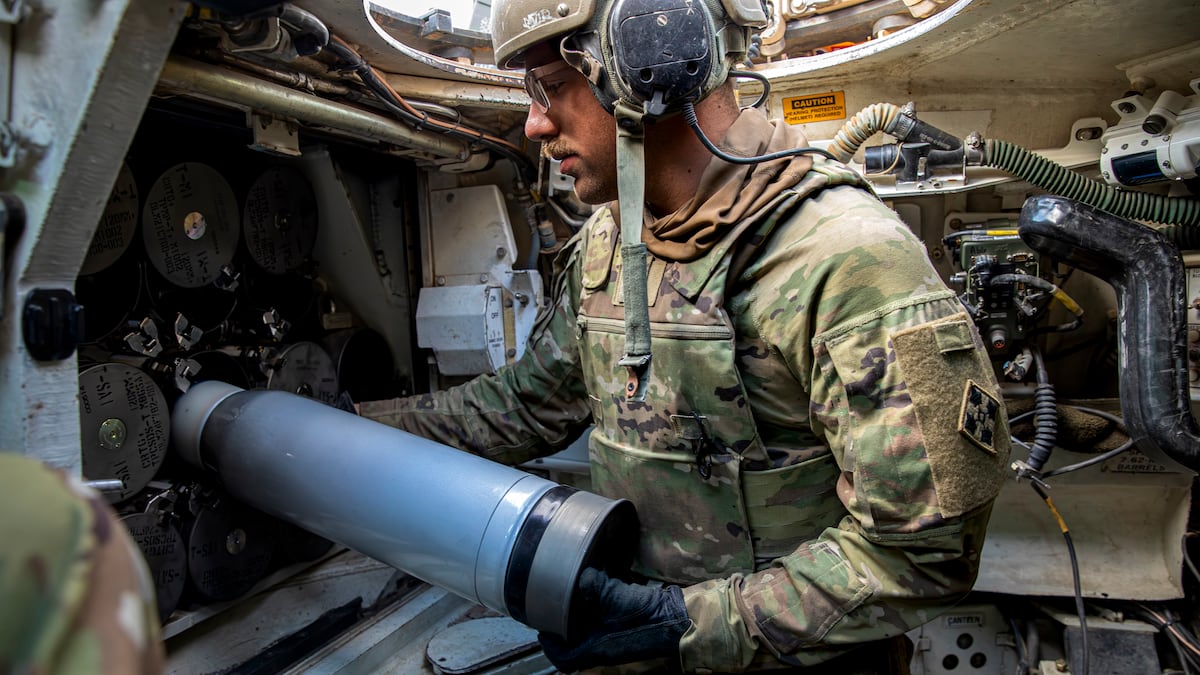In a recent interview on “Face the Nation,” Christine Lagarde, President of the European Central Bank, outlined her views on the current state of the global economy, identifying significant transformations due to tariffs and advancements in technology. The conversation, which aired on October 19, 2025, explored the implications of these changes for international trade and the economic landscape.
Global Economic Transformation
Lagarde described the global economy as being in a state of transformation, driven primarily by shifting trade dynamics and the rise of artificial intelligence. She noted that tariffs have effectively altered the global trade map, leading to new alliances and trade practices. This evolution is not only reshaping economic relationships but also affecting how data is managed and utilized across various sectors.
When discussing the impact of tariffs, Lagarde referenced a forecast from S&P Global, which estimated that tariffs imposed by the United States could cost global businesses upwards of $1.2 trillion in 2025. She expressed concern that many economists had underestimated the long-term effects of these tariffs, suggesting that the worst may still be ahead. Lagarde pointed out that the tariffs on European goods exported to the U.S. have increased significantly, with the rate rising from 1.5% to 13%.
Trade Tensions and Economic Pain
Lagarde indicated that the burden of these increased costs is currently shared among European exporters, U.S. importers, and consumers. However, as corporate margins tighten under this pressure, consumers may soon feel the impact in their wallets. She emphasized that this transition is a matter of timing, suggesting that it is only a matter of time before consumers bear the brunt of these economic adjustments.
In the context of ongoing trade tensions, Lagarde addressed the talks between the United States and China. The recent statements from U.S. Treasury Secretary Scott Bessent hinted at negotiations with China’s Vice Premier amid rising tariffs on Chinese goods set to take effect on November 1, 2025. Lagarde cautioned against interpreting these developments too dramatically, suggesting that such posturing is typical in high-stakes negotiations.
She acknowledged that China has leveraged its position in the rare earth market, indicating that the European and American economies are in a similar situation regarding their reliance on these materials. Lagarde urged a unified approach among Western nations to counterbalance China’s trading advantages.
The discussion also ventured into the potential future of the U.S. dollar as the world’s primary reserve currency. Lagarde noted a gradual erosion of confidence in the dollar’s status, driven by various factors including the rise of cryptocurrencies and fluctuations in gold prices. She remarked that the price of gold has surged by over 50% since the start of the year, a clear indication of shifting investor sentiment.
Lagarde cautioned that while the U.S. maintains strong geopolitical credibility and institutional strength, ongoing volatility and uncertainty could undermine trust in the dollar. She compared the current situation to historical precedents, where currencies have lost their dominant status over time.
Support for Ukraine
In closing, Lagarde discussed the situation in Ukraine, where President Volodymyr Zelenskyy recently reached out regarding the use of frozen Russian assets for reconstruction efforts. Lagarde proposed that a fair use of these assets could involve operational loans backed by cash balances, emphasizing that a collective approach among nations holding Russian assets could strengthen the initiative.
As the global economy continues to navigate these complexities, Lagarde’s insights highlight the interconnectedness of trade, technology, and geopolitical dynamics, underscoring the need for collaborative strategies among nations to foster economic stability.







